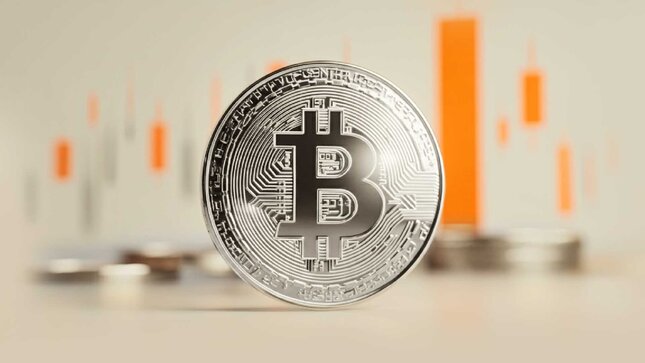SP 500 Exchange rate
Editors’ Picks

EUR/USD flatlines below 1.1800 amid trading lull, awaits Fed Minutes
EUR/USD trades around a flatline below 1.1800 in European trading on Tuesday. The pair lacks any trading impetus as the US Dollar moves little amid market caution ahead of the Fed's December Meeting Minutes release, which could offer insights into the Federal Reserve’s 2026 outlook.

GBP/USD retakes 1.3500 despite the year-end grind
GBP/USD finds fresh demand and retakes 1.3500 on Tuesday as markets grind through the last trading week of the year. Despite the latest uptick, the pair is unlikely to see further progress due to the year-end holiday volumes.

Gold holds the bounce on Fed rate cut bets, safe-haven flows
Gold holds the rebound near $4,350 in the European trading hours on Tuesday. The precious metal recovers some lost ground after falling 4.5% in the previous session, which was Gold's largest single-day loss since October. Increased margin requirements on gold and silver futures by the Chicago Mercantile Exchange Group, one of the world’s largest trading floors for commodities, prompted widespread profit-taking and portfolio rebalancing.

Tron steadies as Justin Sun invests $18 million in Tron Inc.
Tron (TRX) trades above $0.2800 at press time on Monday, hovering below the 50-day Exponential Moving Average (EMA) at $0.2859.

Bitcoin Price Annual Forecast: BTC holds long-term bullish structure heading into 2026
Bitcoin (BTC) is wrapping up 2025 as one of its most eventful years, defined by unprecedented institutional participation, major regulatory developments, and extreme price volatility.
Majors
Cryptocurrencies
Signatures
S&P 500
The Standard & Poor's 500 (S&P 500) is a stock market index tracking the stock performance of 500 of the largest companies listed on stock exchanges in the United States (US). It is seen as a leading indicator of US equities and includes approximately 80% of the total market capitalization of US public companies.
The S&P 500, operated by S&P Dow Jones Indices, is weighted by free-float market capitalization, meaning that larger companies have a greater impact on the index. Constituents and their weights are regularly updated based on rules set by S&P Dow Jones Indices.
The S&P Index Committee, comprising analysts and economists at Standard & Poor's, selects the companies based on criteria such as market size, liquidity, and industry grouping.
Over time, the S&P 500 serves as a key benchmark for the US economy.
HISTORIC HIGHS AND LOWS FOR S&P 500
- All-time records: Max: 6,001.35 on 11/11/2024 – Min: 4.40 on 05/1932
- Last 5 years: Max: 6,001.35 on 11/11/2024 – Min: 2,237.40 on 23/03/2020
* Data as of November 2024
ASSETS THAT INFLUENCE THE S&P 500
- Currencies: US Dollar (USD).
- Commodities: Oil and Gold.
- Bonds: US Treasury Bonds.
ORGANIZATIONS, PEOPLE, AND ECONOMIC DATA THAT INFLUENCE THE S&P 500
Since the S&P 500 is a benchmark of US stocks, its value is influenced by a variety of decisions and indicators affecting major companies, including:
- Economic indicators inflation – Consumer Price Index (CPI) and Producer Price Index (PPI) –, consumer confidence (University of Michigan Consumer Sentiment Index), economic growth (GDP), employment (Nonfarm Payrolls), and salaries (Average Weekly Earnings).
- Interest rates, decided by the Federal Reserve (Fed), the central banking system of the US. Jerome Powell, the 16th Chair of the Fed, has held the position since February 2018 after being nominated by Donald Trump and confirmed by the Senate.
- Fiscal policy, trade deals, and business laws decided by the US president, the Treasury Department and the Department of Commerce. The Treasury focuses on fostering economic stability, growth and financial integrity, while the Department of Commerce supports economic growth and established industrial standards.
- Energy prices such as electricity and Oil directly impact production costs for companies within the S&P 500.